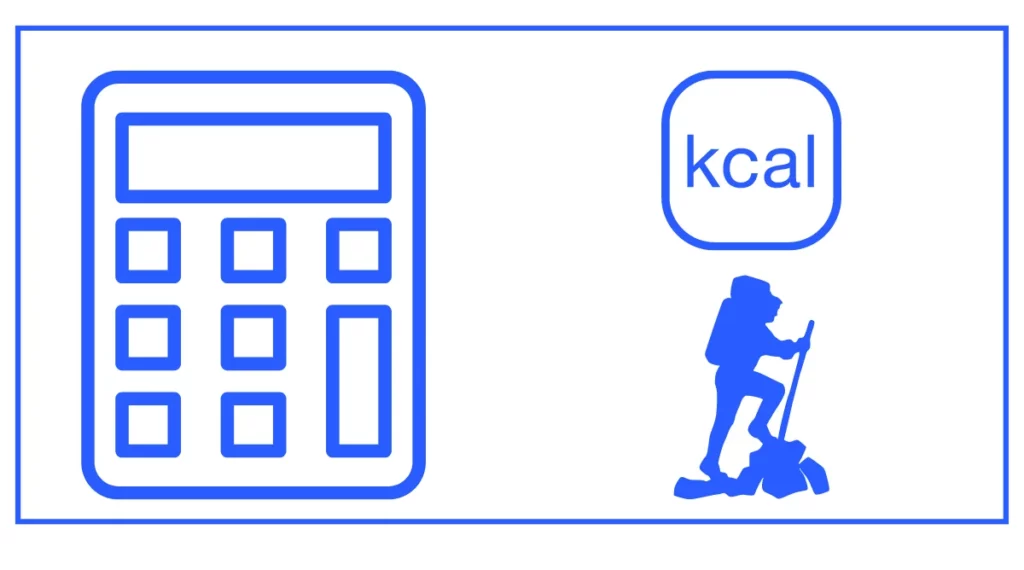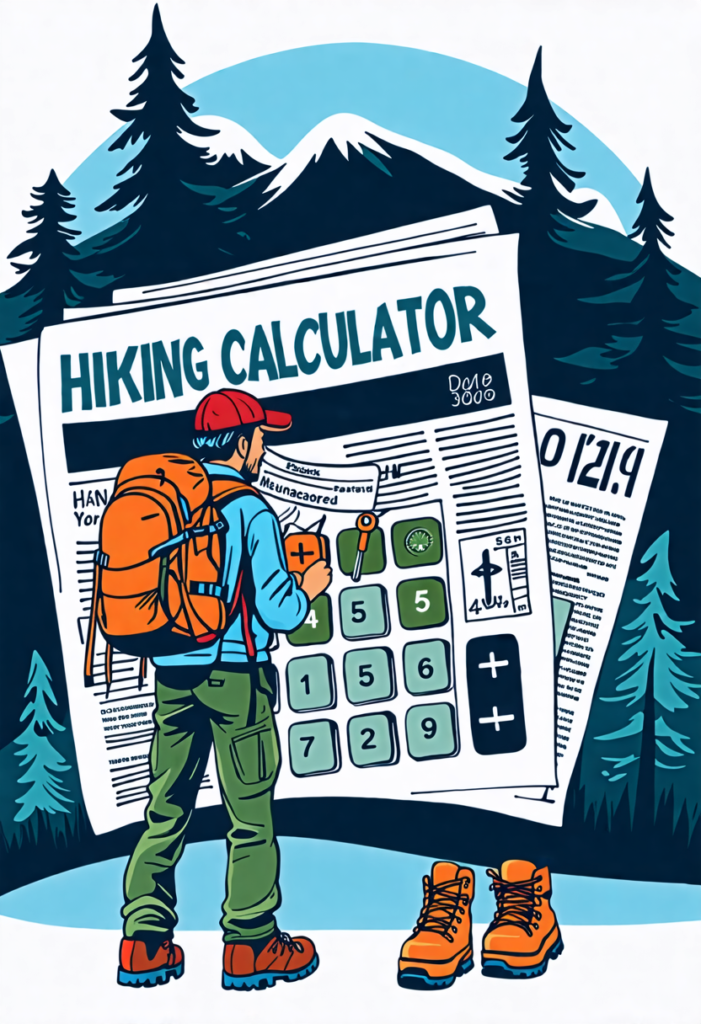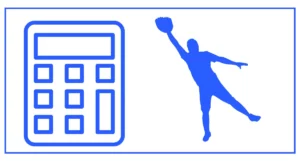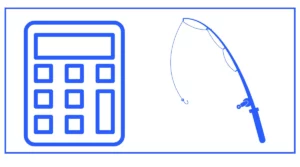Hiking Calculator
The hiking calculator helps you find the calories burned and estimated weight lost during your hiking activity.
To use this hiking calculator, enter the total distance you covered, elevation gain, your weight, and backpack weight.

You might want to use the walking or kiteboarding calculators.
Understanding Calorie Burn During Hiking
When you hike, your body expends energy to move your body weight and any additional weight you’re carrying, such as a backpack. The number of calories burned hiking depends on several factors:
- Distance hiked
- Elevation gain
- Hiker’s body weight
- Backpack weight
- Hiking speed or pace
- Terrain difficulty
Uphill hiking typically burns more calories than hiking on level ground due to the additional effort required to overcome gravity. Similarly, carrying a heavier backpack increases the caloric expenditure.
How a Hiking Calorie Calculator Works
A hiking calorie calculator is a tool designed to estimate the number of calories burned during a hike based on various input parameters. These calculators use mathematical formulas that take into account the factors mentioned above to provide an estimate of calorie burn.
Here’s a general overview of how a hiking calorie calculator works:
- The user inputs relevant information such as hiking distance, elevation gain, body weight, and backpack weight.
- The calculator applies a formula that considers these factors to estimate oxygen consumption during the hike.
- Based on the estimated oxygen consumption and the duration of the hike, the calculator determines the total calories burned.
Benefits of Using a Hiking Calorie Calculator
Utilizing a hiking calorie calculator can offer several benefits:
- Goal Setting: If you’re hiking for fitness or weight loss, knowing how many calories you burn can help you set and track goals.
- Nutrition Planning: For longer hikes, understanding your calorie burn can help you plan how much food to pack.
- Effort Estimation: Calorie burn can give you an idea of how challenging a particular hike might be.
- Motivation: Seeing the number of calories burned can be motivating and encourage you to hike more often.
Factors Affecting Calorie Burn and Hiking Time
Several factors can influence both calorie burn and hiking time. Understanding these can help you interpret calculator results more effectively:
1. Elevation Gain and Loss
Hiking uphill burns more calories and typically takes longer than hiking on flat terrain. Most calculators account for this, but extremely steep sections might require more time and energy than estimated.
2. Terrain Type
Rocky, uneven, or muddy terrain can slow your pace and increase calorie burn due to the extra effort required. Most calculators don’t account for specific terrain types, so you may need to adjust estimates accordingly.
3. Weather Conditions
Extreme heat, cold, or wind can affect your hiking speed and energy expenditure. These factors are typically not included in calculator estimates.
4. Fitness Level
Your personal fitness level plays a significant role in both calorie burn and hiking speed. Some calculators allow you to input or select a fitness level to improve accuracy.
5. Pack Weight
Carrying a heavier backpack increases calorie burn and may slow your pace. Many hiking calorie calculators include an option to input pack weight.
Tips for Maximizing Calorie Burn While Hiking
If you’re looking to burn more calories during your hikes, consider these strategies:
- Increase your pace: Hiking faster burns more calories per hour.
- Choose trails with more elevation gain: Uphill hiking is more calorie-intensive.
- Carry a heavier pack: Adding weight to your backpack increases calorie burn, but be careful not to overdo it.
- Use trekking poles: They can increase upper body engagement and overall calorie burn.
- Incorporate interval training: Alternating between faster and slower paces can boost calorie burn.
- Hike on varied terrain: Uneven surfaces engage more muscles and can increase calorie expenditure.
Remember to always prioritize safety and enjoyment over calorie burn. Pushing too hard can lead to fatigue, injury, or a less enjoyable hiking experience.
Comparing Hiking to Other Activities
To put hiking calorie burn into perspective, let’s compare it to some other common activities:
- Walking a mile on flat ground burns approximately 100 calories for a 180-pound person.
- Running a mile at a moderate pace burns about 150 calories for the same person.
- Hiking a mile with a moderate incline and a light pack can burn 200-300 calories or more, depending on the factors we’ve discussed.
This comparison shows that hiking, especially on inclined terrain, can be a highly effective way to burn calories compared to walking or even running on flat ground.
Limitations of Hiking Calculators
While hiking calorie calculators and time estimators are useful tools, it’s important to understand their limitations:
- Individual Variations: Calculators use average values and may not account for individual differences in metabolism, fitness level, or hiking efficiency.
- Terrain Simplification: Most calculators assume uniform terrain and don’t account for technical sections that might slow progress.
- Weather Factors: Environmental conditions like heat, cold, or wind aren’t typically factored into calculations.
- Rest Breaks: Calculators usually estimate moving time and don’t account for breaks or stops along the trail.
- Downhill Sections: While some calculators factor in downhill portions, the impact on calorie burn and speed can vary widely among individuals.






